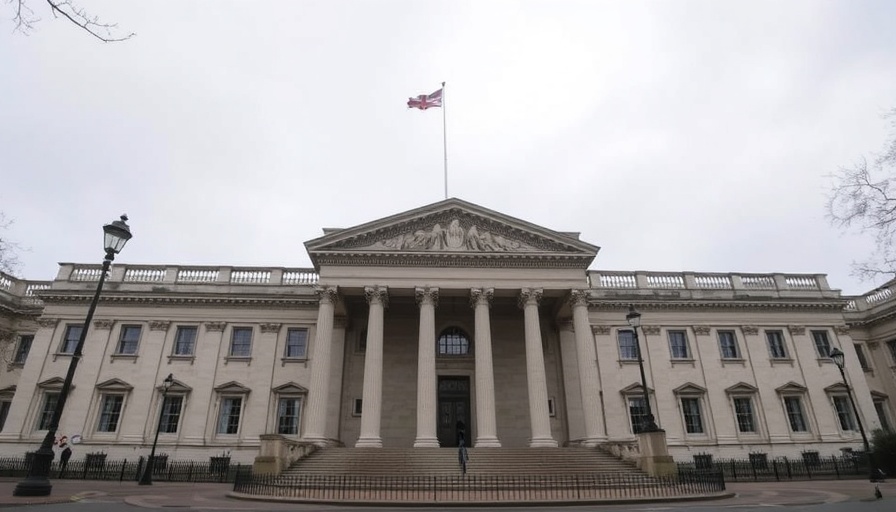
The Anticipation Surrounding the Bank of England's Decision
The eyes of property owners and investors are focused intently on the upcoming interest rate decision from the Bank of England (BoE). As stakeholders await this critical announcement, the implications for the UK property market loom large. An increase or decrease in interest rates could significantly impact mortgage rates and subsequently the affordability of homes across the country.
Exploring the Current Economic Climate
The backdrop of this important decision is a climate of economic uncertainty. Inflation rates have risen sharply, prompting discussions about the BoE’s strategies for stabilizing the economy. As inflation impacts purchasing power, property buyers are particularly sensitive to interest rate changes. The mortgage market, expected to react swiftly to any decisions made, could either thrive or falter depending on the bank's policies.
Interest Rates: A Double-Edged Sword
Interest rate adjustments can work both ways—lower rates tend to stimulate the property market by making borrowing cheaper, while higher rates can dampen enthusiasm among buyers. Historically, previous rate hikes have led to a slowdown in the housing market as potential buyers withdraw from purchasing due to increased loan costs.
The Ripple Effect on Property Investment
With the UK property investment landscape evolving, the decision from the BoE will inevitably influence investor sentiment. A cautious investor may choose to delay purchases pending the outcome of interest rate announcements, creating a ripple effect in the market dynamics. This waiting game can stymie growth and impact housing supply, as sellers may hesitate to enter the market under uncertain conditions.
Market Analysis for Property Owners
Property owners must consider the broader economic implications of the BoE's decision on their investments. Analysts predict that if rates increase, property values may stagnate or decline, adversely affecting equity for homeowners. Understanding these dynamics could be crucial for owners planning to sell or refinance their properties. Staying informed about these developments can empower owners to make strategic, timely decisions.
Future Predictions and Insights
Looking ahead, many analysts are divided on the potential trajectory of interest rates. Some predict continued increases, citing persistent inflation, while others believe that the BoE may adopt a more cautious approach to allow the market to catch its breath. The health of the property market will ultimately depend on the bank's capability to balance inflation control with economic growth.
Diverse Perspectives on Potential Outcomes
While property owners and investors may feel anxious about the BoE's decisions, diverse perspectives on the matter can offer valuable insights. Some experts argue that an increase in interest rates could lead to a healthy correction in the property market, enabling more sustainable future growth. Others contend that rate hikes will exacerbate existing affordability issues, leading to greater inequality in access to home ownership.
Decisions to Consider as a Property Owner
As a property owner or investor, considering the implications of the BoE’s interest rate decision is essential. Whether you’re thinking of selling, buying, or refinancing, understanding the economic landscape will guide your actions. Make it a priority to closely monitor developments and seek advice from financial experts to navigate these complexities.
Ultimately, the decision from the Bank of England will set the tone for the UK property market, making it imperative for stakeholders to stay informed and proactive.
 Add Row
Add Row  Add
Add 





Write A Comment